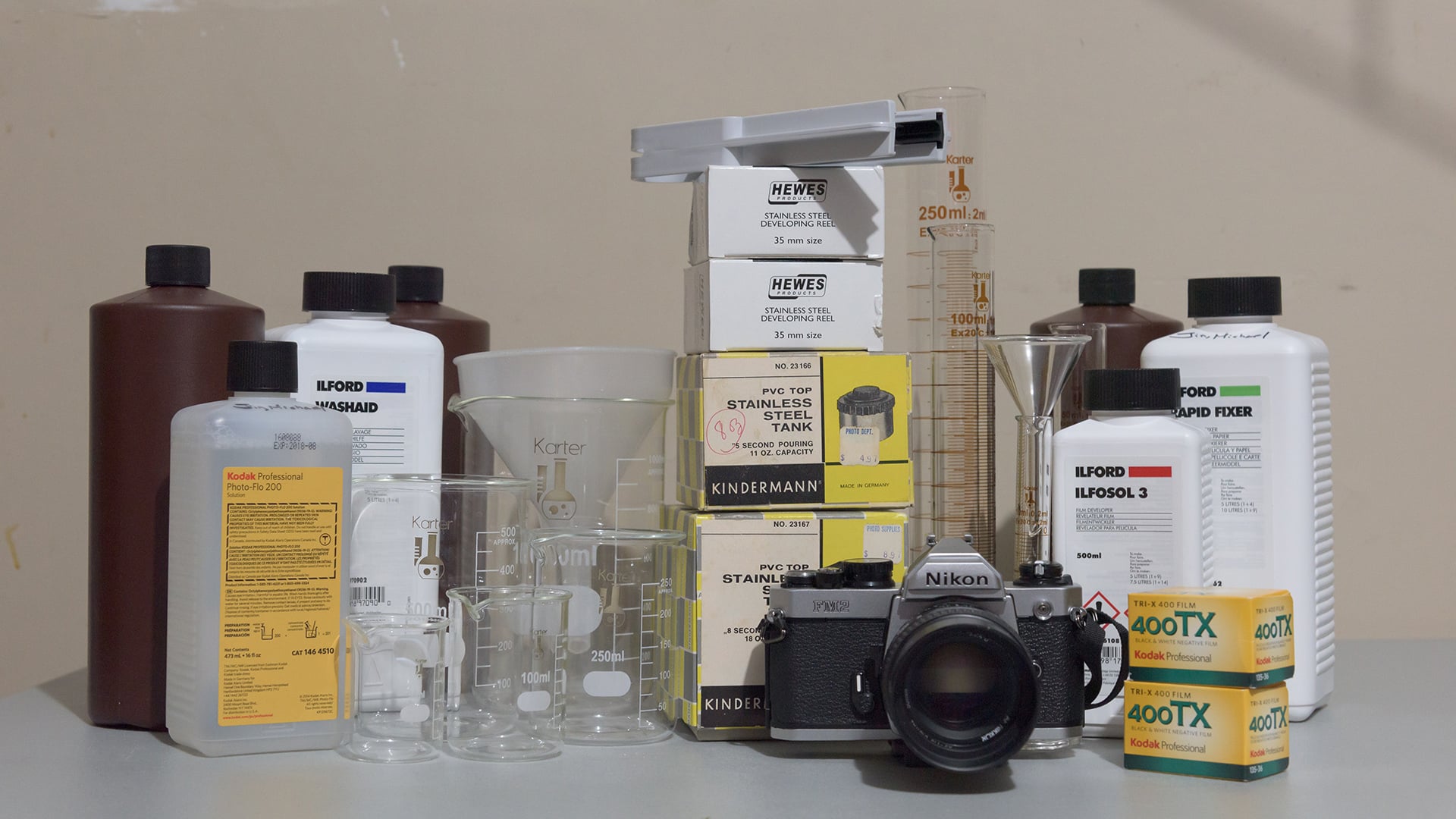Now that you have all the keys in hand to take up film photography, you may decide to start developing your film at home. Here are some tips on getting started that will guide you through the various steps so you can see your images appear as negatives.

You’re getting blind.
Don’t miss the best of visual arts. Subscribe for $9 per month or $108 $90 per year.
Already suscribed ?



